Inclusivity
As an aspiring Student Affairs practitioner, Inclusivity is a word that I hear frequently in conversation. As a lover of people and an advocate for treating all people with kindness and love, I certainly support creation of and education about inclusive spaces. However, I take issue with the fact that (in my experience at my undergraduate institution) Inclusivity does not extend far beyond the LGBTQIAA community.
Certainly, people in this community are marginalized and mistreated, and facilitating dialogues and trainings for others to learn more about the struggles and challenges that they face is a necessary step in fostering a sense of Inclusivity. However, the LGBTQIAA community is not the only community wherein exists hatred, discrimination, disenfranchisement, and brutality.
Sexual “Orientation”, Sex, Gender, Religion, Nationality, Race, Ethnicity, Ability, Age, Employment and Socioeconomic Status are eleven categories to which people belong, that are commonly cited as reasons for discrimination.
Why is it then that the conversation about Inclusivity does not extend to many of these other groups? My argument is not that there is not conversation happening at my undergraduate institution about all of these issues, my argument is that there is an obvious bias from Administrators to program around one specific topic.
Safe Zone training is a wonderful example. At my institution, Safe Zone is offered at least five times per year, and two of those are at University Housing and Residential Life’s Resident Assistant training. This training is nationally renowned, and facilitated by trained professionals only. Participants receive a certificate of completion after this training, because it is a legitimate program with an official start and end, and a curriculum and schedule. People have invested time and energy to create an effective way to teach people about the LGBTQIAA community and help to create inclusive institutions.
Where is the diversity training for Religious, Ethnic, Racial and Age differences? Where is the sensitivity training for working with people with physical disabilities, or people from socioeconomic classes and employment statuses other than your own? There are programs that exist to start some other dialogues, but they aren't as weighty as Safe Zone.
Sometimes, we value Inclusivity so much that we want speakers to be credentialed and have specialized in/completed research on their topic of choice for years and have proven results. Other times, we throw anyone who has some free time up in front of students to speak to a particular issue that they may not have even dealt with their own biases about.
Inclusivity is supposed to extend to all marginalized people; it cannot stop at one group. In order for public spaces to be safe for all people, there can exist no marginalization in the dialogues, training and available resources for and about Inclusivity.
